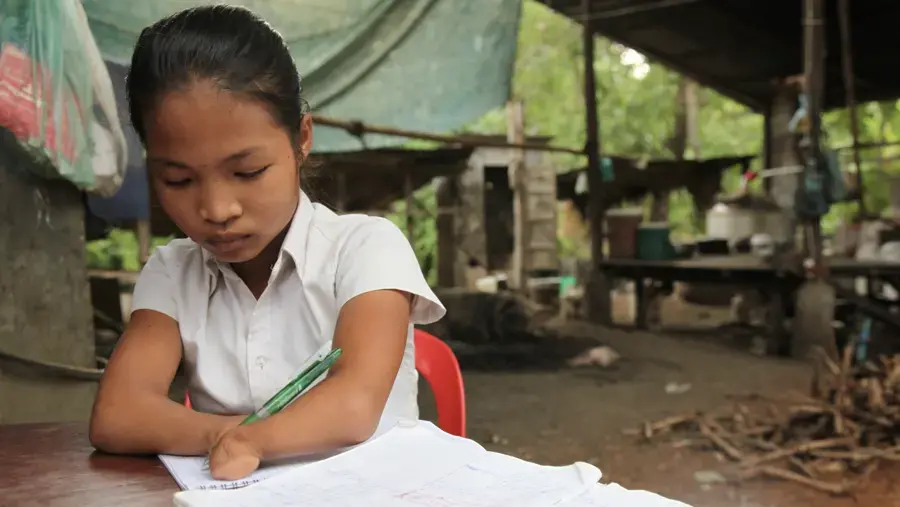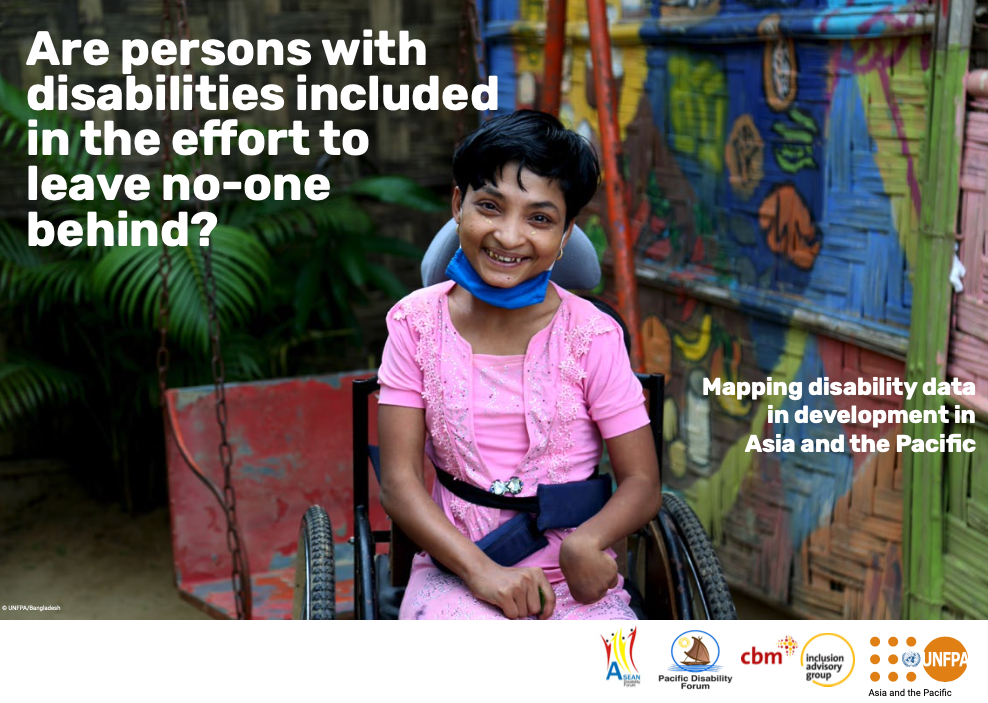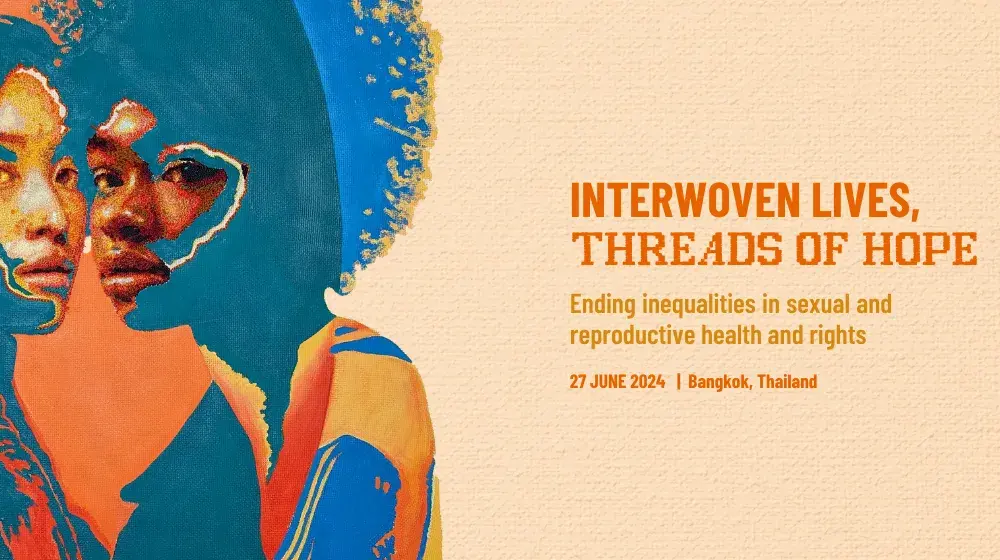Disability Data - Media
Media Release
15 February 2022
Regional study identifies data gaps for persons with disabilities in Asia and the Pacific
Bangkok, Thailand: The UNFPA Asia-Pacific Regional Office and the CBM Global Inclusion Advisory Group released a report that underscores shortcomings in national capacities across the Asia-Pacific region to identify and support persons with disabilities. The report asks the question: “Are persons with disabilities included in the effort to leave no-one behind?”
“It is estimated that one in seven people in the region have a disability,” said Mr. Bjorn Andersson, the Regional Director for UNFPA in Asia and the Pacific. “The findings of this report highlight the urgent need for governments across the region to invest in tools and policies that will ensure people with disabilities are not left behind.”
The joint report with CBM Global lays out the disparity between the declared numbers of persons with disabilities and the accepted global estimate of 15%, which is the figure determined when data is properly collected through standardized questions in censuses and prevalence surveys.
“When we see data of countries with extremely low prevalence of persons with disability - sometimes just 1 or 2 per cent - it’s clear that the data gathering processes may not be inclusive.” said Mr. José Viera, permanent representative of the Stakeholder Group of Persons with Disabilities. “This report shines a light on the challenges in accurate data collection and presents a roadmap to rectify this systemic oversight and ongoing injustice.”
The publication presents the findings from a survey of 17 countries in the region. It examines the methodologies that governments use to understand the barrier that persons with disabilities encounter and makes recommendations to harmonize the questions using the accepted standard known as the Washington Group Questions. The Washington Group Questions are used by more than 80 governments around the world and present specific phrasing to determine limitations in vision, hearing, mobility, cognitive function, self-care and verbal communication.
“The report shows us that we have a long way to go to make sure no one is left behind,” Mr. Andersson said. “While there has been laudable progress in gathering more accurate data on disability in recent years, there are still people of vulnerable groups who are not counted. This distorts the scale of the needs and leaves critical services underfunded.”
The findings are published with a suite of resources including summary documents designed to help policymakers and service providers understand better the data gaps as well as access guidelines to improve data collection. It also makes recommendations to accelerate better data gathering by empowering NGOs and organizations of persons with disabilities to become an active part of the process.
“People with disabilities should be involved in shaping surveys and gathering information in their communities,” said Mr. Viera. “‘Nothing about us, without us,’ should always be the first principle. As self-evident as this may seem, involving people with disabilities is still the exception rather than the norm across the region.”
“Support from donors have enabled some Pacific countries to take major steps forward in recent years,” Mr. Andersson said. “Some countries are more than a decade into this transition to a more inclusive approach and they are now seeing the tangible benefits of accurate disability data in targeting support services where they are needed most.”
It is essential for all countries to invest in fulfilling the potential of persons with disabilities, and by doing so, nations can enjoy increased economic productivity while upholding basic human rights for all.
-Ends-
REPORT: Are persons with disabilities included in the effort to leave no-one behind?
SUMMARY - METHODOLOGY - FINDINGS
WASHINGTON GROUP QUESTIONS - WHERE ARE WE?
OPINION PIECE - MEDIA RELEASE - PDFs
Learn more
The Economic Costs of Exclusion and Gains of Inclusion of People with Disabilities






